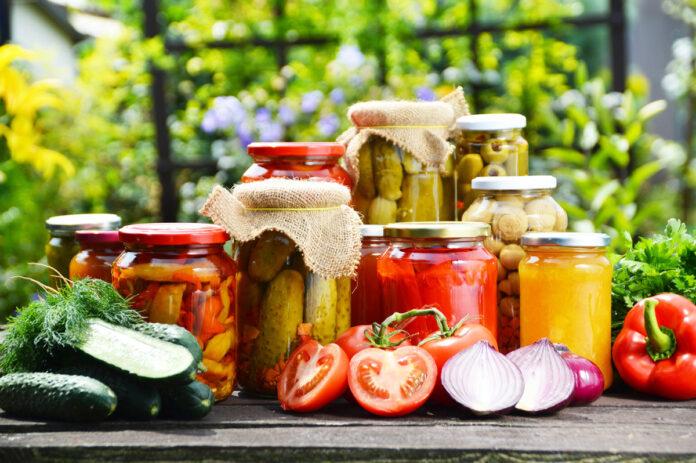Objectives Of Food Preservation
The main objectives of food processing on a home scale, institutional scale, or in the food industry are similar. They include –
- Removal of unwanted matter from food – unwanted matters may be inedible, indigestible or harmful to health, such as husk from grain, the skin of some vegetables, coconut shells, etc.The unwanted matter has to be removed by a different process including shelling, milling, peeling etc.
- Making food safe for consumption – Some food contains natural toxins which need to be inactivated, i.e., trypsin inhibitor in soya bean, fungal toxin such as aflatoxin in groundnut & grains, infected portions of food materials, green portion of potato is removed by visual examination, & chemical toxin & poison are discarded. Ensure the safety of food by using a process to remove toxins & heat to develop microorganism& their toxins. Safe processing prevents contamination.
- Increased digestibility – most foods are difficult to digest unless they are cooked. Cooking softens fiber, gelatinized starch, denatures protein, & makes food easier to digest. Foods need special kind of processing for preservation.
- Enhance flavor color & taste – The acceptability of food depends on its organoleptic qualities. Processing techniques enhance the appearance of food & many techniques make food more tasteful. The browning crust is formed due to Miller reaction which gives bakery items its baked flavor aroma & taste. Processing such as caramelization; fermentation etc gives food a different flavor.
- Improving texture & consistency – Processes such as emulsification, gel formation & increase in viscosity are aimed to improve the texture &consistency of ready to eat food.
- Minimized nutrients loss – Nutrition is better retained by controlled processing conditions such as autoclaving, freezer drying & controlled heat. Nutrients loss due to processing is managed by adding extra vitamins. Processed margarine, butter, etc are fortified by vitamins. Other processed food often enriched with vitamins, minerals & lysine.
- Extending the self-life – Processing extends the self-life because apart from removing unwanted, spoilt,& harmful matter & subjecting the food to temperatures outside the danger zone, all processes such as dehydration, cold storage, canning & pasteurization are aimed at preservation to food.
- Increased acceptability through fabricated foods – New products of uniform sizes & shape are been introduced in the market. They are made from low- grade commodities which are plentiful or good for health.
PRINCIPLE OF FOOD PRESERVATION
The basic principle of food preservation includes:
- Preservation or delay of microbial decomposition: That is archived by :
- Keeping out microorganisms (asepsis)
- Removal of microorganisms,i.e., by filtration
- Hindering the growth of activity of microorganisms,i.e., by low temperature, drying, anaerobic conditions, &
- Killing the microorganisms,i.e., by heat or radiations.
- Preservation or delay by self – decomposition of food. This is brought about by :
- Destruction or inactivation of food enzymes i.e, by blanching&
- Preservation or delay of chemical reactions i.e, preservation of oxidation by means of an antioxidant.
- Preservation of damage caused by insects, animals & mechanical causes.




